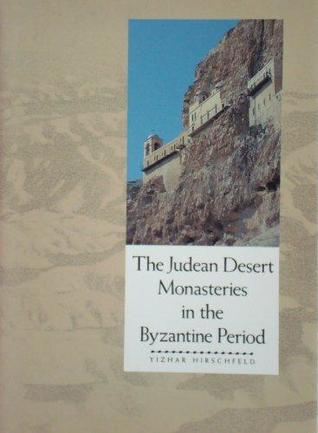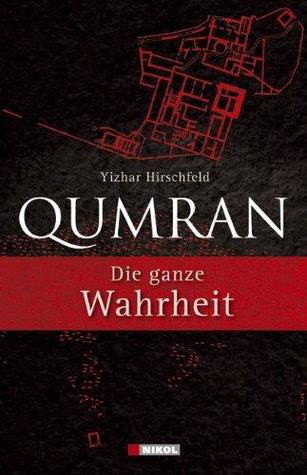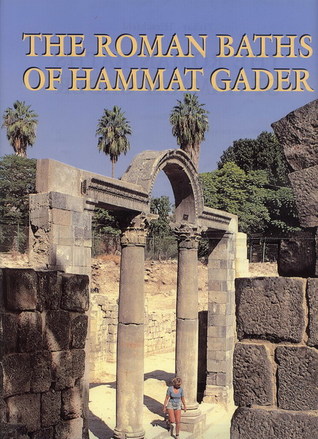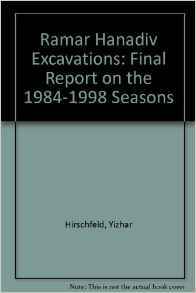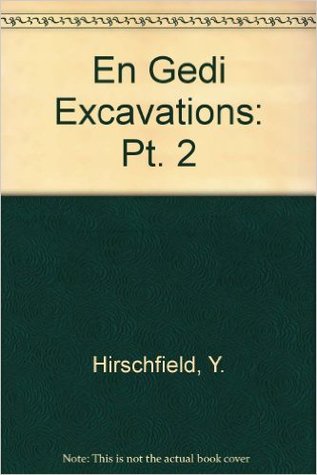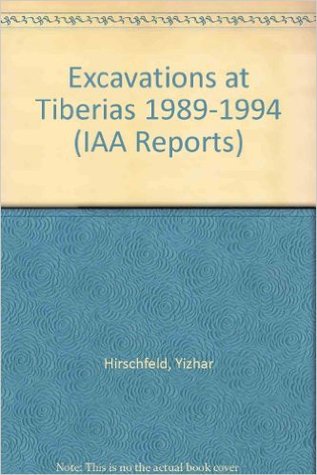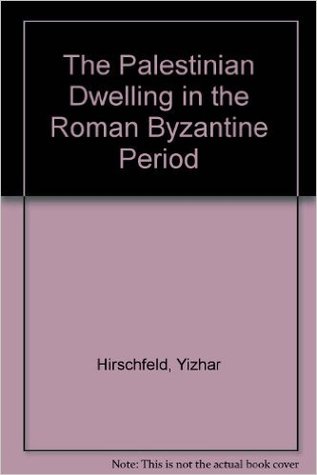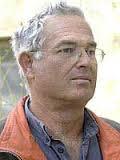
Dr. Hirschfeld was an associate professor in the classical archaeology department of the Institute for Archaeology at Hebrew University of Jerusalem, where he had taught since 1989.
Hirschfeld was born at Kibbutz Beit Keshet in 1950. His archaeological field work began at Emmaus in 1974-1975, where he was the excavation and survey director. He received his Ph.D. in 1987 from Hebrew University after completing a dissertation on the Judean Desert monasteries of the Byzantine period and later studied at Yale, where he won the Rothschild award for post-doctoral studies in 1988.
He was an expert in Greco-Roman and Byzantine archaeology and led, or participated in, more than a dozen excavations during his 30-year career, including Herodium, where he was a survey director, and Ein Gedi. He was twice awarded a research fellowship from Dumbarton Oaks in Washington, D.C. and was the recipient of several grants, including the Leon Levy and Shelby White publication award in 2004. He wrote dozens of books and articles, including Qumran in Context: Reassessing the Archaeological Evidence (Hendrickson, 2004).
הירשפלד נולד בקיבוץ בית קשת שבגליל התחתון, וגדל בקריית טבעון ובאשקלון. למד במכון לארכאולוגיה של האוניברסיטה העברית, ובשנת 1987 קיבל תואר דוקטור. החל משנת 1989 שימש כמרצה במכון וארכאולוג חופר. בשנת 1998 קיבל מעמד של פרופסור מן המנין במכון. פרסם עשרות מאמרים וספרים.
הירשפלד היה מן הבולטים בארכאולוגים שעסקו בקומראן ובאיסיים. דעתו המהפכנית הייתה שקומראן אינו אתר כיתתי של האיסיים, אלא מדובר בבית חווה חקלאית יהודאית בעלת מגדל. למסקנתו זו הגיע בעקבות החפירות שניהל ברמת הנדיב, בחירבת עלק, ובה חשף בית חווה כזה מן התקופה ההרודיאנית. את האתר הכיתתי המוזכר בדברי הרומאי פליניוס הזקן הוא הציע לזהות בתאים קטנים ומבודדים מעל עין גדי, תאים אותם חפר בשנים האחרונות.
הירשפלד נפטר ממחלה בשנת 2006.

